BIM Case Study - Football Stadium
Get to know more about the project below
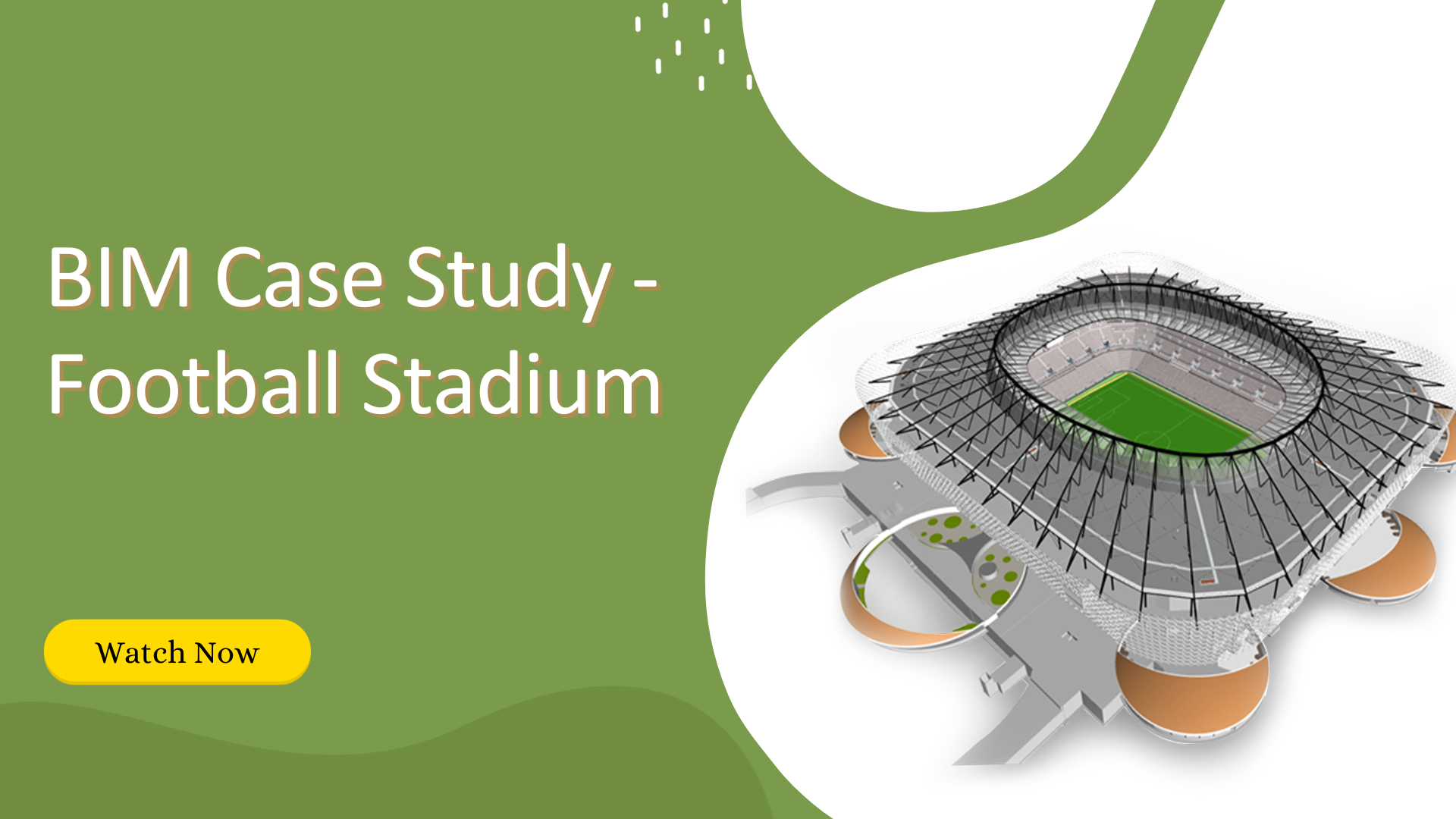
PROJECT SUMMERY:
Our BIM team from Pan Gulf Technologies delivered this magnificent football stadium project with a seating capacity of 40,000 emerged as an iconic venue during the thrilling games of the highly anticipated 2022 FIFA World Cup. This architectural marvel stands tall, showcasing a perfect blend of strength and elegance with its concrete and steel structure. Embracing sustainability, the stadium incorporates state-of-the-art cooling systems that ensure a comfortable environment regardless of the season. Providing parking for over 6,000 cars and 350 buses, it guarantees convenience and accessibility for all fans.
Location:
Qatar
SEATING CAPACITY:
40,000.
SOFTWARE USE:
Revit 2016, Navisworks Manage 2016, Solbri, AutoCAD 2016
LEVEL OF DEVELOPMENT:
Revit model creation @ LOD 400 from IFC(Issued for Construction) drawings.
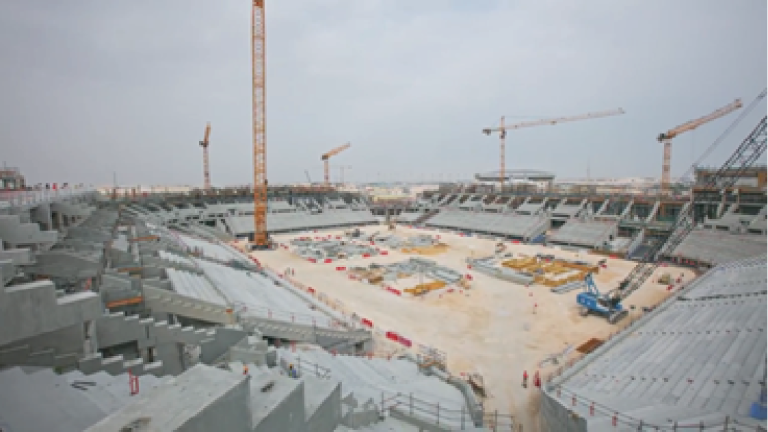
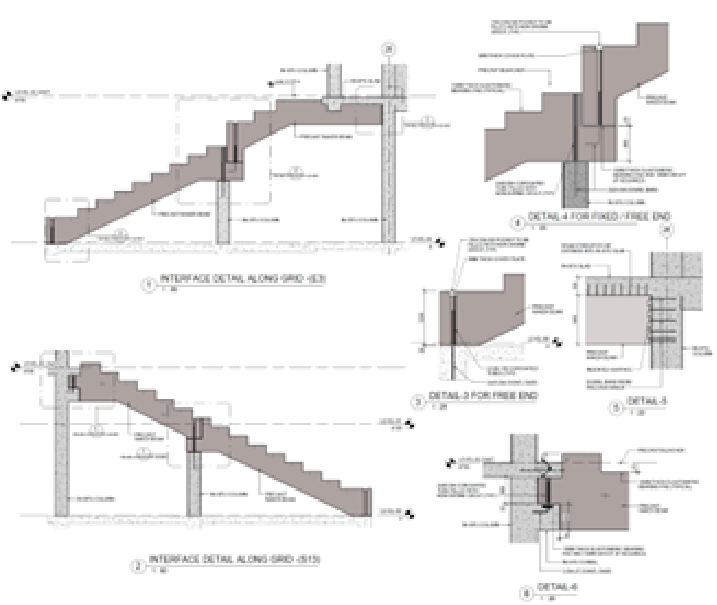
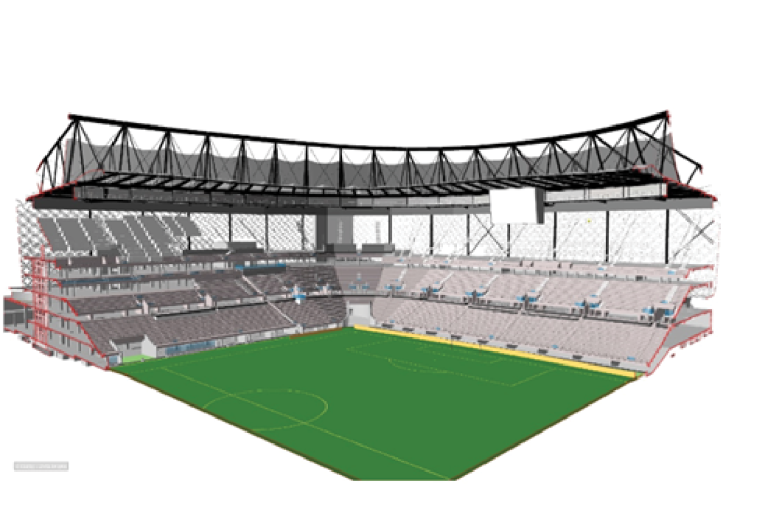

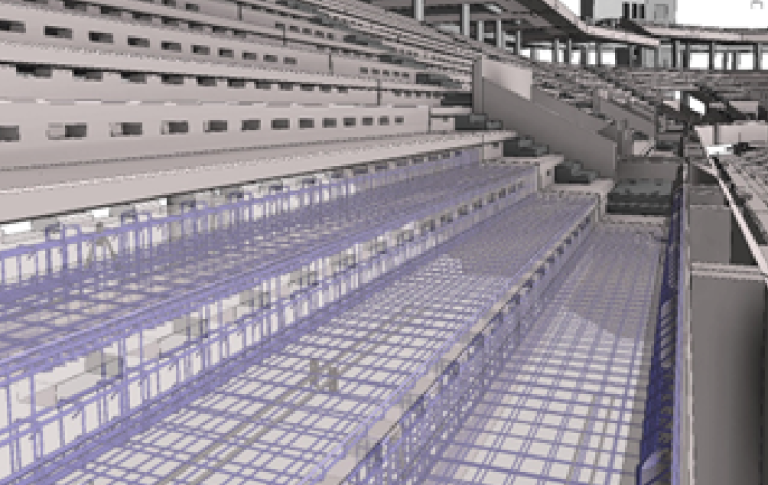
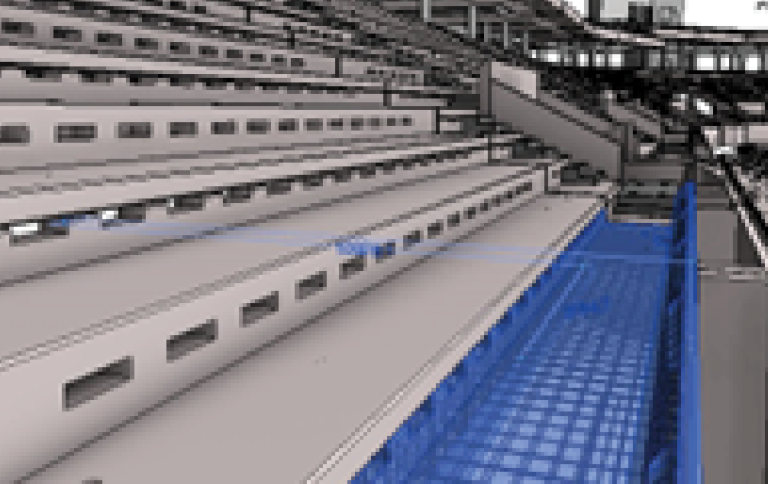
BIM SCOPE OF WORK:
• The primary scope of work for the project included creation of BIM Model for all precast elements (Bleachers, Rakers, Staircases,
Slabs) of the Stadium at LOD 400.
• To support the General Contractor’s & Sub-contractor’s BIM requirements for all project stakeholders.
• Clash Detection, Coordination & Resolution between relevant disciplines.
• Creating detailed concrete shop drawings for all precast elements of the stadium.
• 4D Scheduling by mapping the Project Timeline/Schedule with the Model.
• Quantification for Estimation
• Cobie Compliance as required by the Client
• As-Built updating based on Site data.
Our BIM Project Stages:
Stage 1: Revit model of LOD 400 from Issued for Construction Drawings. Models were created for Slabs, Raker Beams, Bleachers,
Vomitory Walls, Vomitory Steps, Bleacher Steps, Stair, Landing and Precast Walls.
Stage 2: Inter & Intra discipline Coordination, Escalation of RFIs (Request for Information)/TQs (Technical Queries) for
Constructability/Clash issue. Updating Model with changes resulting from Design changes & RFI responses.
Stage 3: Shop/production Drawing Creation. Team Created 1000+ Production drawings for all precast elements (4000+ elements).
Managing production flow by providing production schedule and site progress.
Stage 4: Inserting Cobie parameters based on Client’s requirement.
Stage 5: Reconciling data from site and production team and updating LOD 400 model to LOD500 as-built Model.
Get in touch with our
Expert’s Today!
